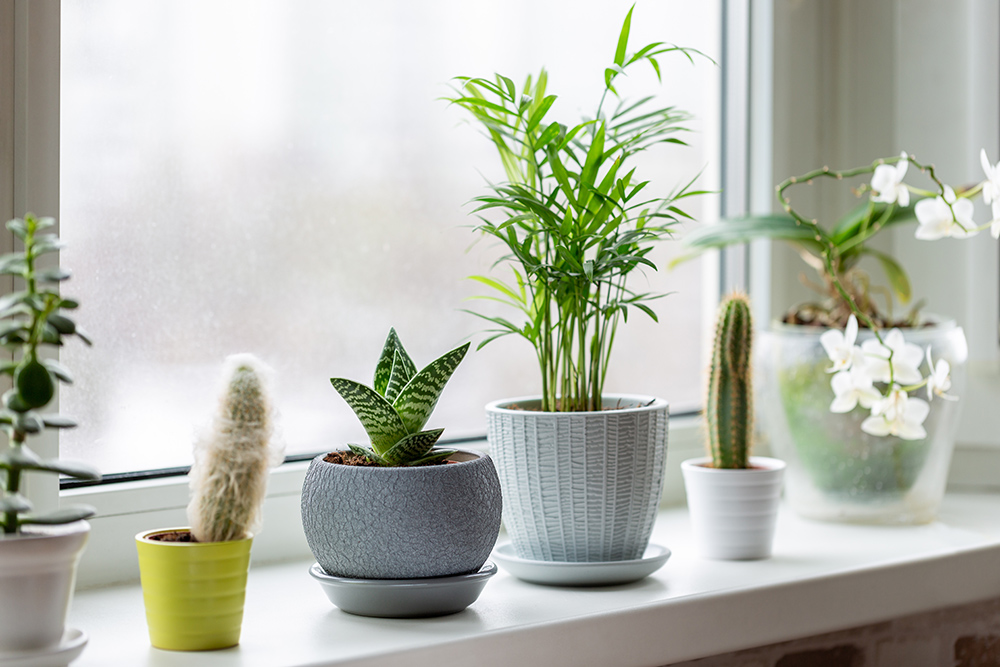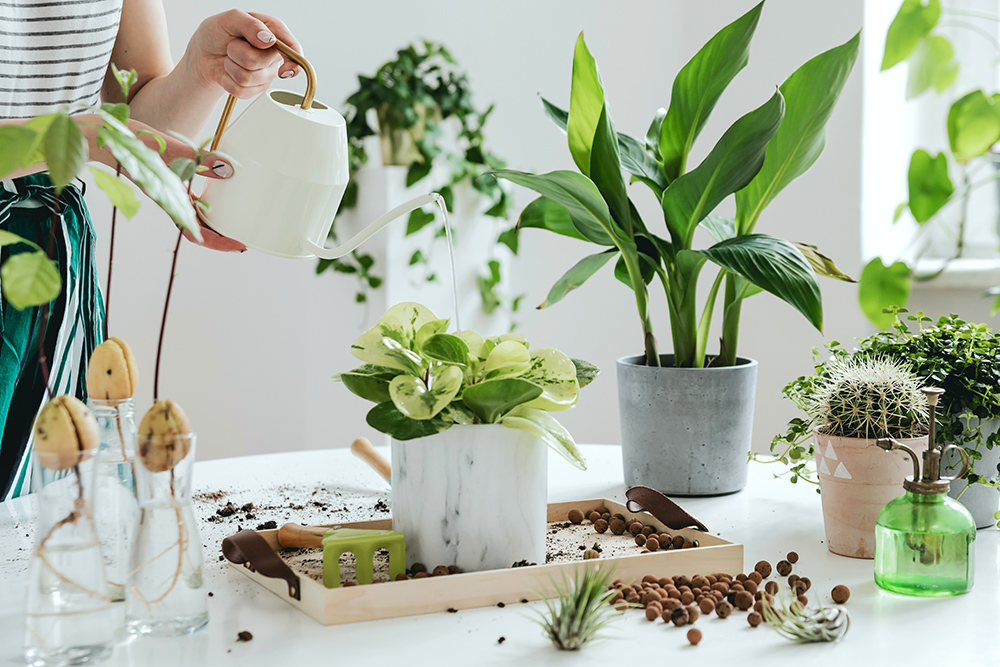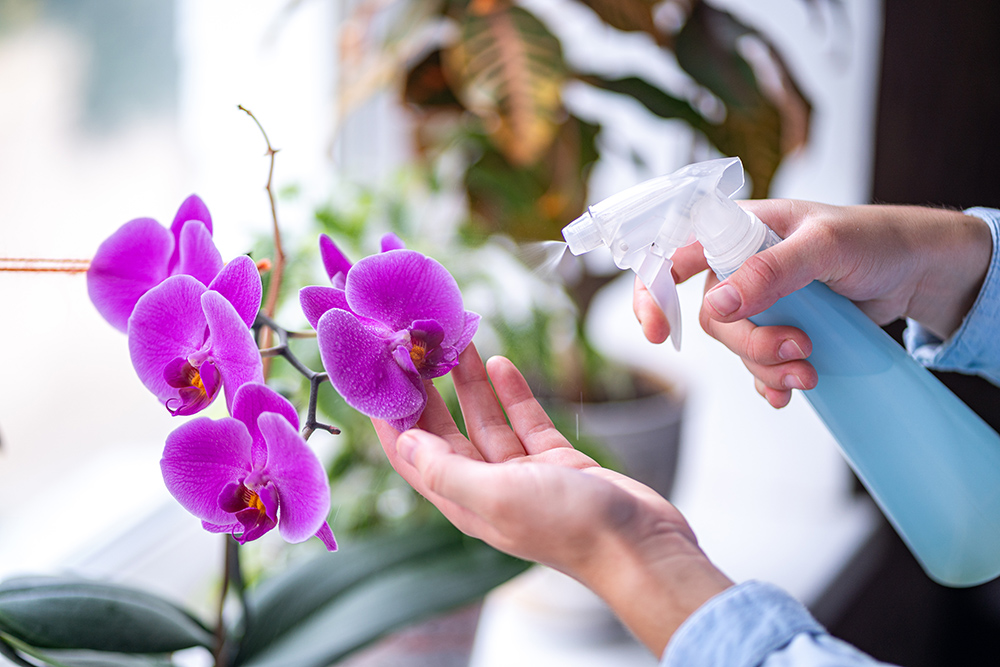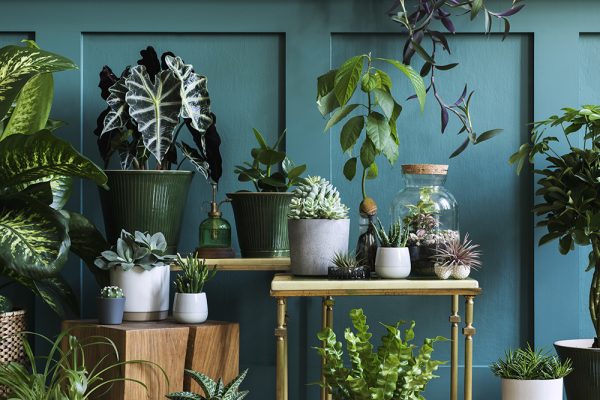Plants are naturally therapeutic, they beautify our surroundings and produce food for our consumption.
They are the source of medicine that we require for our daily lives. With all the importance of plants, we all ought to take good care of them.
Some plants are fit for the indoor environment, and they are used as part of the interior decoration. Naturally, some people are talented when it comes to being a plant parent, and some people tend to kill plants due to minimal understanding about plants. The best way to ensure healthy indoor plants is to plant parent like a pro with these tips.
Choosing plants depends on the lighting within your home
The lighting level within your home will determin the plants that you can display. Checking the direction of the windows that they face gives clear information on what level of light to expect. The windows in the south direction provides the brightest level of light, windows in the north direction have lowest light levels, and the east and west direction windows have minimal lighting.

Houseplants primarily prefer bright and not direct sunlight. Is the sun that beams through the window intense? If so, by adding a sheer curtain to the windows will really help diffuse the light. By understanding the amount of light required by each of your plants, you can minimise overexposure or underexposure of the plants to light. For example, some succulent plants like aloe and cacti can handle brighter and direct sunlight.
How is the plant compatibility within your space?
How experienced are you in plant parenting? How busy is your working schedule? Are you forgetful? Is your social life going to make you neglect the plants unintentionally? Some plants are more appropriate, as they require minimal maintenance like snake plants, succulents, and the ZZ plants.
If you have enough time on your hands you can try plants such as ferns, air plants, and orchids as they love attention. These plants are delicate and require the soil to have balanced moisture levels; hence, regular watering is necessary.
Less is more when it comes to water
Watering of plants is essential, but it is better to have under-watered plants rather than overwatered them, as the roots easily rot when the water levels are high. You do not require a watering schedule; you just need to know when your plants actually need water.

Water the plants if the soil is dry 2 inches below the surface of the soil . If the soil is dark in colour, moist, and sticks to your fingers, the plant has enough water. Through you will find plants water needs vary depending on the different season of the year. For example, in winter, plants require less watering than in summer, as they have a slow growth rate, and since there are shorter day light hours than night hours, the plants receive less sunlight.
Some of the signs of a thirsty plant are the wilting or wilted leaves and soils that seems to have pulled away from the plant pots sides. When the heating is on and high, you will find it leads to the soil drying out quicker, therefore requiring more water. When watering the plants, pour the water on the soil directly around the plant base as plants usually absorb water through their root system.
Raising the humidity levels
When one stays true to their plants’ natural environment, it helps the plants thrive beautifully indoors. These are the plants that thrive best in high humidity levels and indirect light:
- Ferns
- Orchids
- Tropical plants

In between watering, it is advisable to mist the plants using filtered water. In the drier months, one should group similar plants within the indoor areas to create a humid microclimate. Humidifiers offer a great deal of help, and are great for people two, as long as you do not have a damp problem.
The plants adapted to drier conditions, bright and direct light like the desert dwellers, including the following:
- Cactis
- Succulants
Stability
The plants’ home environments need to be kept at a very stable level. The appropriate temperature range is 65 to 75 degrees. People should avoid having their plants next to radiators, forced air vents, and air conditioning units as they can create hot and cold drafts.
Fertiliser
It is okay to skip adding fertiliser to your plants as surpassing the proper fertiliser levels does more harm to the plants than good. Mostly the outdoor plants need more fertiliser as compared to the indoor plants.
The best time to use fertiliser is during the planting season; using the all-purpose fertiliser is advisable. Following instructions is always essential, and it is best advised to dilute the fertiliser before using it on indoor plants. After changing the soil, avoid fertilisers as the soil naturally contains enough nutrients.
Use a reliable dealer
This way it enables you to sorce healthy plants, and you have access to plant care tips.
In conclusion, indoor plants bring beauty and life to the differenct areas within your home. To ensure they are healthy and able to thrive, read up and learn about each different plant you buy.
